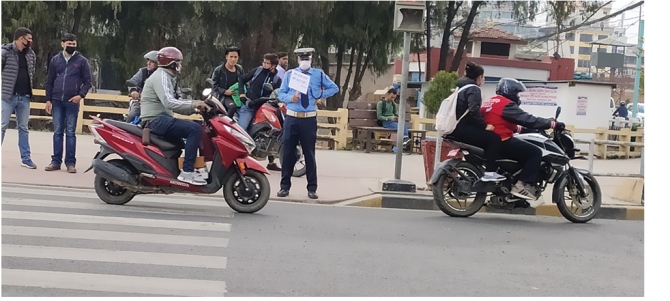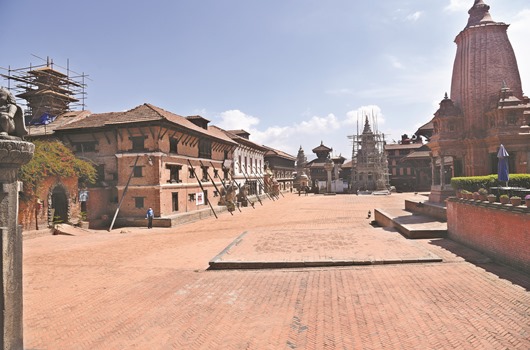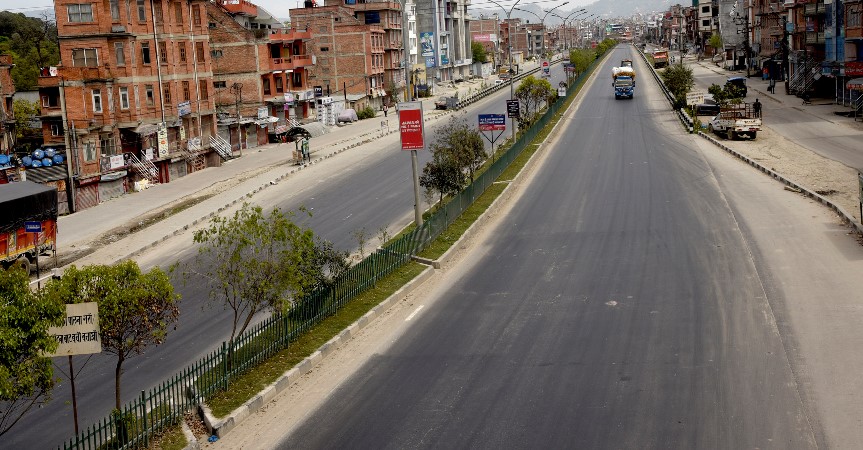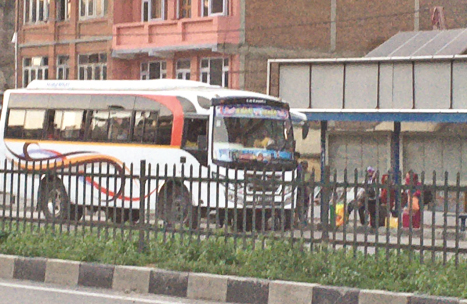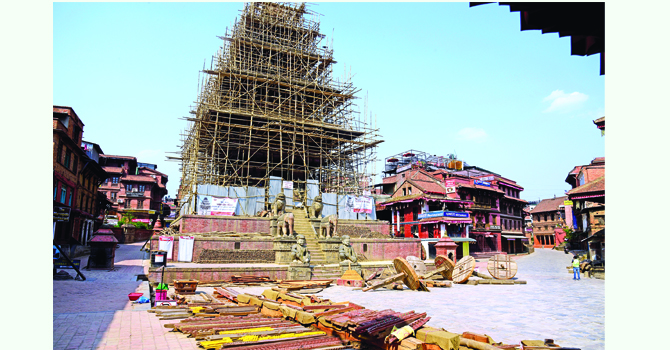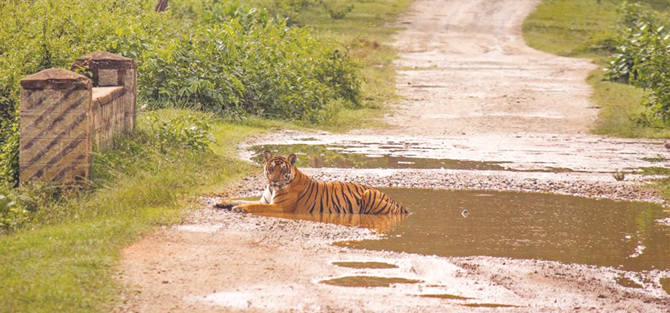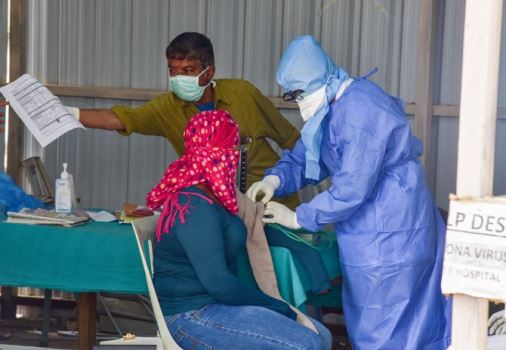Open trash burning polluting valley environment
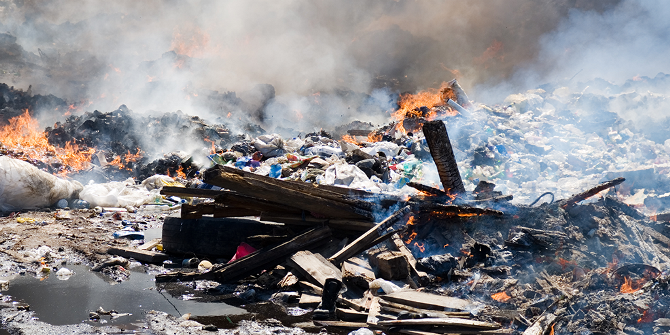
By Indira Aryal
Kathmandu, Dec. 17: Kathmandu Valley generates 1,750 metric tonnes of waste in a day, only 72 per cent of which is collected efficiently with the rest left to create serious health hazards to the Capital dwellers, experts said. Out of the total waste generated, 72 per cent is organic followed by 22 per cent plastic waste and 17 per cent paper while metal makes up 2 per cent, said Prof. Dr. Sanjay Nath Khanal.
Waste is the second cause of air pollution after emissions from vehicles in the Valley. Other main contributors to air pollution are household energy and factories (brick kilns), found a research jointly conducted by Prof. Dr. Khanal and Kundan Chaudhary for Kathmandu University (KU).
Presenting the paper at a policy dialogue on “Health Impacts of Air Pollution from Solid Waste Emission in Kathmandu Valley” organised by Clean Energy Nepal together with Ministry of Health and Population (MoHP), Department of Environment (DoEnv) and WHO Nepal Office on Monday, Prof. Dr. Khanal said that out of total waste generated in the Valley only 72 per cent is collected while 9 per cent is burnt openly. Of the total, 28 per cent is left uncollected.
A recent study suggested that waste burning could increase PM2.5 concentrations by nearly 30 per cent in India and Nepal, and result in approximately 300,000 premature deaths per year in these two countries.
Open burning is the main problem in Kathmandu during the winter season which causes numerous health problems to the people, he said.
Hari Kumar Shrestha, chief of the Environment Division at Kathmandu Metropolitan City (KMC), said that waste management was a major problem in Kathmandu. Kathmandu alone generates 1,045 metric tonnes of waste every day.
He said that to control the volume of waste, KMC is working to introduce new technology into waste management. The KMC is also working to construct a compost plant and is planning to turn the waste into energy, Shrestha said.
According to Prof. Dr. Khanal, other contributors to the Valley’s air pollution include the burning of paper in offices and other institutions to ensure privacy and management of waste, burning of municipal waste piles on the streets and other public places to heat or reduce waste volume and burning of collected waste at the dumping site.
Burning waste releases a huge concentration of pollutants and smoke in a short period, he said. Depending on the materials that are being burnt and the combustion process, this can release very hazardous or toxic pollutants.
Burning of yard clippings and other garden waste in residential or institutional premises and burning of household waste at sources to reduce its volume are also contributing to air pollution in the Valley. According to a research conducted According to a research conducted by Bhupendra Das, researcher at IASS, Potsdam, Germany and Tribhuvan University in 2016, 7,400 tonnes (20 tonnes per day) of waste was burnt in the year 2016, which was 3 per cent of the total municipal waste generated in Kathmandu. During winter, 22 per cent of elemental carbon (black carbon) and 32 per cent of organic carbon in Kathmandu is associated with biomass/garbage burning.
According to an estimate, scores of hospitals in the valley generate 28.4 tonnes/day of waste of which 59 per cent is segregated, while the remainder is labelled as hazardous waste and is burnt or incinerated. Moreover, 74 metric tonnes of PM10 and 64 metric tonnes of PM2.5 emissions are attributed to the waste sector (mainly from waste burning and waste handling equipment) in KMC in 2020, according to the Ministry of Federal Affairs and General Administration.
Recent News

Do not make expressions casting dout on election: EC
14 Apr, 2022
CM Bhatta says may New Year 2079 BS inspire positive thinking
14 Apr, 2022
Three new cases, 44 recoveries in 24 hours
14 Apr, 2022
689 climbers of 84 teams so far acquire permits for climbing various peaks this spring season
14 Apr, 2022
How the rising cost of living crisis is impacting Nepal
14 Apr, 2022
US military confirms an interstellar meteor collided with Earth
14 Apr, 2022
Valneva Covid vaccine approved for use in UK
14 Apr, 2022
Chair Prachanda highlights need of unity among Maoist, Communist forces
14 Apr, 2022
Ranbir Kapoor and Alia Bhatt: Bollywood toasts star couple on wedding
14 Apr, 2022
President Bhandari confers decorations (Photo Feature)
14 Apr, 2022



